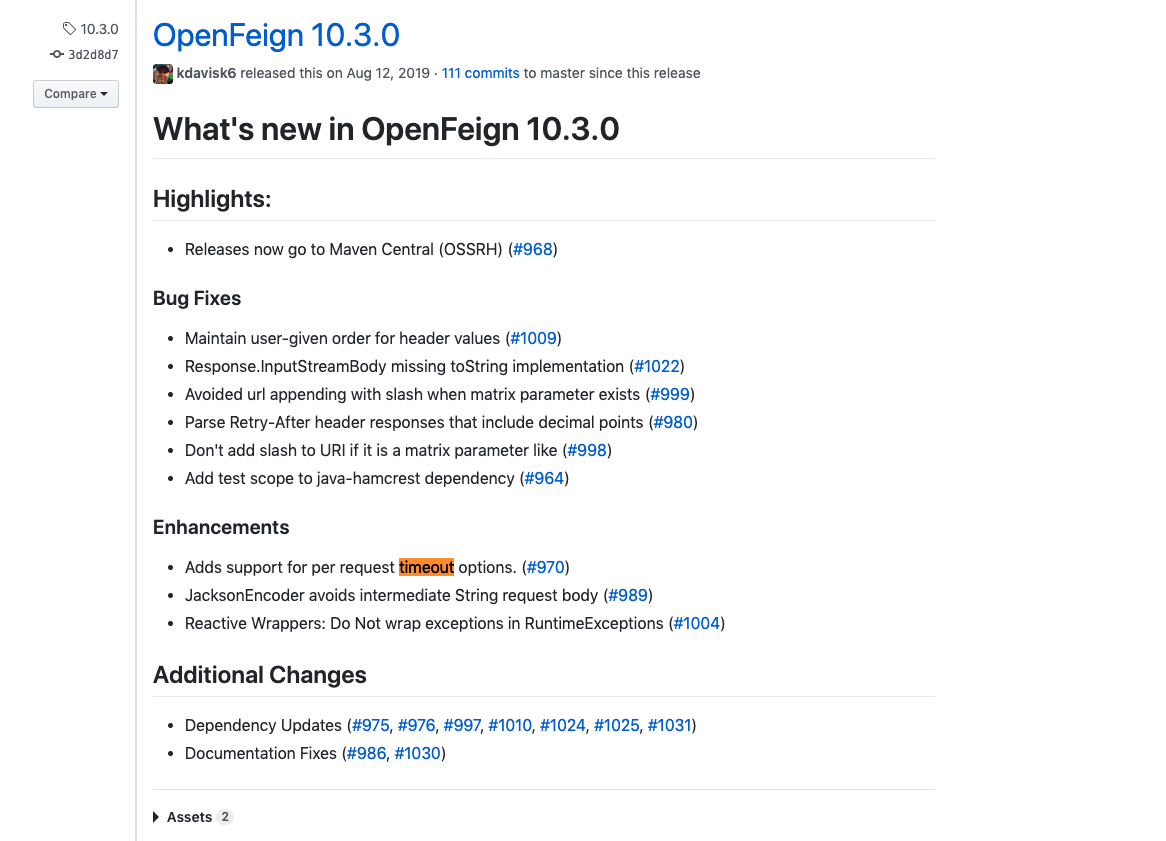

MOCKWEBSERVER ENQUEUE LICENSE
13 * See the License for the specific language governing permissions and 14 * limitations under the License.

MOCKWEBSERVER ENQUEUE SOFTWARE
6 * You may obtain a copy of the License at 7 * 8 * 9 * 10 * Unless required by applicable law or agreed to in writing, software 11 * distributed under the License is distributed on an "AS IS" BASIS, 12 * WITHOUT WARRANTIES OR CONDITIONS OF ANY KIND, either express or implied. The call to mockWebServer. The DynamicPropertySource annotated method overwrites the GitHub REST API URL and makes it point to the mockWebServer instance. We have some initializations that we will need to make of MockWebServer, BlogRepository and BlogService. The BeforeAll and AfterAll annotated methods start and shut down the MockWebServer that will mock GitHub REST API. 3 * 4 * Licensed under the Apache License, Version 2.0 (the "License") 5 * you may not use this file except in compliance with the License. Enqueue request so that mocked response is served : mockServer.enqueue(mockedReponse). Now that we know about MockWebServer, let’s see what our BlogRepository actually looks like.View Javadoc 1 /* 2 * Copyright 2012-2017 the original author or authors. So, in this setUp() method, I’m setting up the MockWebServer and passing the URL to the WebClient so that it uses this URL as the base URL for API calls. The easiest way to set up the MockWebServer is to recreate it before each test, and destroy it after each test. I write a function to get the MockResponse automatically. You can also do neat things like intercept the request that was made val recordedRequest = mockServer.takeRequest() In this example I’ll write a JUnit 5 test, since that’s the default testing framework that comes with Spring. MockWebServer: MockResponse You can try to enqueue the responses one by one, but I prefer to use dispatcher. Your Presenter would look something like this at a bare minimum : class BlogPresenter(val blogRepository: BlogRepository, val view : BlogView) ") // sample JSONĮnqueue request so that mocked response is served : mockServer.enqueue(mockedReponse) The main advantage of using the WebClient is, It’s reactive as it uses webflux and It’s also. You can leverage any of these methods to make calls to the external service asynchronously. There are a ton of other great libraries like Dagger which would help with testability too, but that is out of the scope for this post. WebClient is simply an interface which offers some methods to make calls to rest services, there are methods like GET, POST, PUT, PATCH, DELETE and OPTIONS. I’m using RxJava2 and Retrofit, OkHttp for this example. As you can see from the examples below, we should now inject the HttpUrl to allow the MockWebServer to do its magic. First, pass the above to your Retrofit builder and then start receiving the mock responses and leveraging the test environment for your benefit. Let’s take a simple example of a screen which shows a list of blogs that are fetched from a remote server. Tests: mockWebServer.url('/') The Transformation. This separation of concerns is very friendly to writing unit tests since each layer can have mocked dependencies and we can test for happy-cases as well as disastrous ones!

It will only intercept clicks/user events and ask the Presenter what to do and then just display whatever the Presenter tells it to display. View layer is supposed to be really dumb. Getting data from API if necessary, sanitizing API response (if required) etc. The Data layer will contain all logic related to caching (if any), Or limiting the amount of data to be shown.ĭata layer will expose an API which can be consumed by any Presenter and returns the data. When I make two consecutive requests request1 and request2 it sometimes returns request2's Json in response to request1 and request1's Json in response to request2. My MockWebServer mixes sequence of responses.e.g. I am writing test for an Activity which makes several consecutive calls to server. tBody (Showing top 20 results out of 828) okhttp3.mockwebserver MockResponse setBody. Test with consecutive calls to MockWebServer.
MOCKWEBSERVER ENQUEUE CODE
For example making calls to Data layer, getting a result and then setting it to the View. Best Java code snippets using okhttp3.mockwebserver. Each layer takes care of things that are specific to it : for example, Presentation layer will take care of things related to presentation logic.

One of the great benefits of having MVP architecture/Clean architecture is the separation of concerns and the testability that each layer provides.


 0 kommentar(er)
0 kommentar(er)
